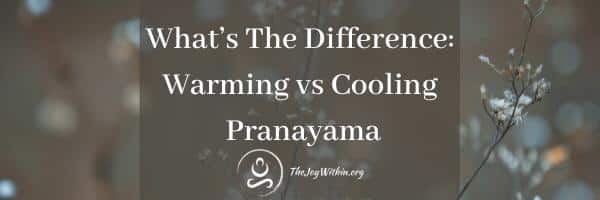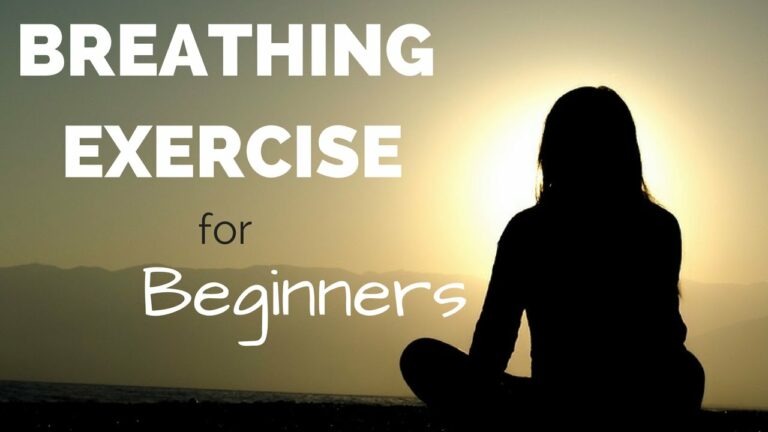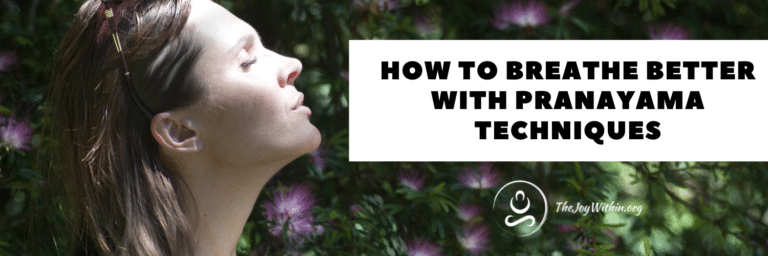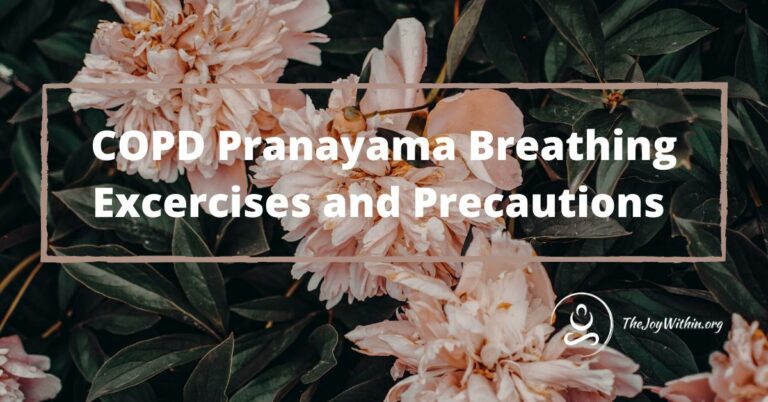Pranayama is a yoga practice used to directly clear and center the mind and emotions through mental focus and the breath. Prana translated from Sanskrit means life force and can be understood as the “chi” or energy that circulates through all life. Ayama means to extend or to control.
What is Pranayama?
Pranayama is a practice to extend and balance our breath capacity to directly influence the life force energy we bring into our bodies. When we are stagnant in life or out of balance this will show up in our breathing rhythm and capacity.
As well as our ability to mentally focus on the breath. The act of pranayama is incorporated in yoga asanas, or the physical yoga practice, as well as is normally included as its own practice after the asanas.
Practicing pranayama will draw you away from the business and distractions of the mind and into a deeper state of meditation. It will help you dissolve Maya, a yogic term speaking of that which we perceive as real but is actually an illusion.
Pranayama will bring the mind into a state where Dharana or single-pointed focus is accessible. This practice is highly important in reaping the mental benefits of yoga.
Warming versus Cooling Practices
Just like the asana practice should be adjusted to benefit the student’s individual and ever-changing needs, so should the pranayama practice.
Pranayama can be used to energize the body and warm it. This should be done if the student is feeling unmotivated, lethargic, is imbalanced in the Kapha dosha, or can be used in cold climates. Some warming pranayama techniques are ujjayi breath which should be used throughout your asana practice, lion’s breath, murcha, and anuloma viloma also known as nadi shodhana.
Pranyama can also be used to cool and calm the body and mind. This can be applied if the student is feeling anxious, imbalanced in the pitta dosha imbalance, or is in a hot climate. Cooling pranayama techniques include chandrabhedana, shitali, and sitkari breathing.
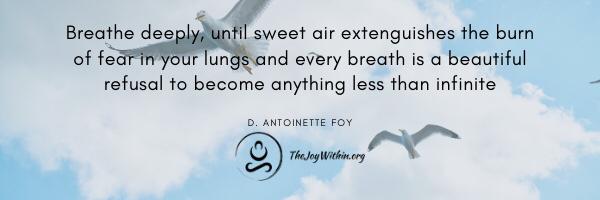
A focus on inhalation is more stimulating and energizing as a focus on the exhalation is grounding and calming. This can be applied during 1:1 breathing ratios and adjusting them to be 2:1 or 1:2 in order to induce the effect of energizing or calming the body.
For example, a normal pranayama breath count could be inhale for 6 counts and exhale for 6 counts. To bring a more awakening effect you can adjust the count to be 8 counts on the inhale and 6 counts on the exhale or reveres it for the calming effects.
If you notice you are becoming sleepy during meditation this is a great time to bring in some heating and energizing pranyama techniques in order to stay focused.
Precautions
When working with pranayama it is important to note that master yogis teach patience when moving through this practice. For example, in breath counting, if you move from a 1:1 ratio of 6 count to 8 counts and you notice your inhale has become quicker in order for you to keep up then this is outside of your practice.
This is a beautiful and humbling aspect of yoga where we get to listen to our bodies and it is not about reaching a certain physical goal or number but on cultivating mental focus and based in a completely personal practice.
It is important to gradually increase or extend your practice. It is more effective to perform basic techniques fully present rather than complex techniques with half the attention.
If at any point during your pranayama practice you feel lightheaded or dizzy return to your normal breathing. It is also advised to not practice pranayama on a full stomach.

